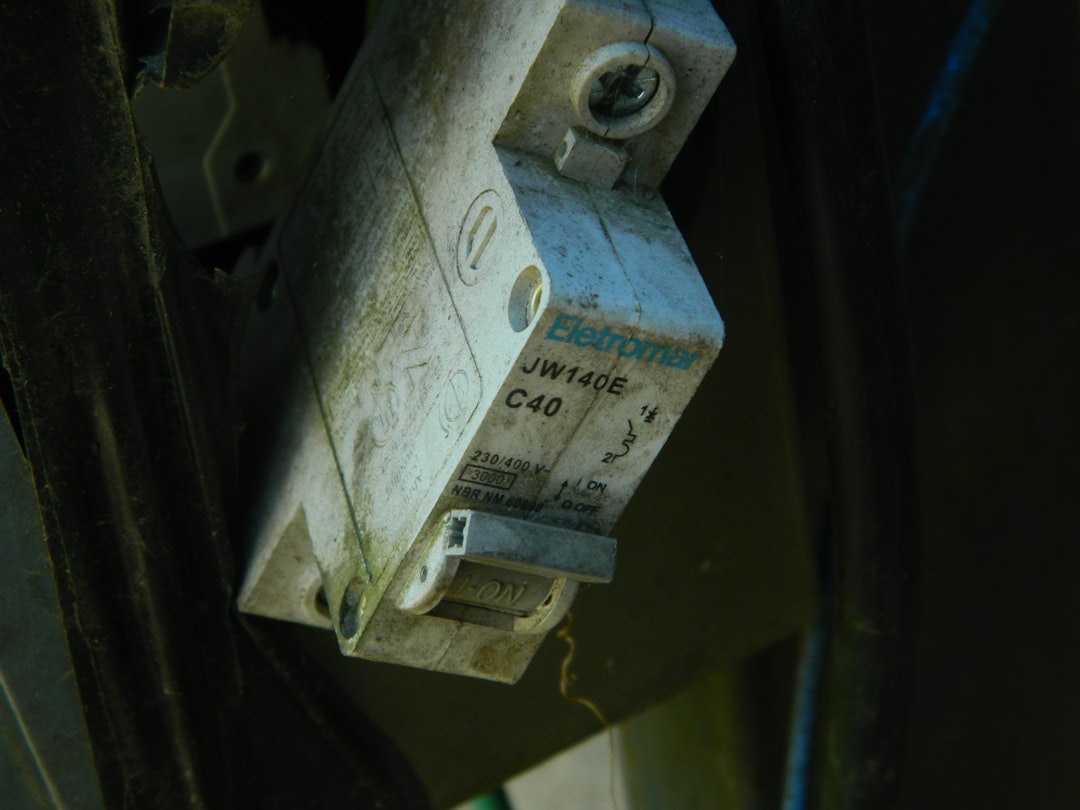
When managing expensive or sensitive equipment in any organization—be it in IT, medical, construction, or rental services—tracking the custody and condition of returned assets is crucial. An Equipment Return Form serves as a critical document that not only verifies the return of the item but also provides essential data regarding its state at the time of return. This ensures operational transparency and minimizes disputes between borrowers and the organization.
In today’s business environment, where accountability and asset preservation play vital roles, incorporating specific fields related to proof of return and damage evidence into the Equipment Return Form is more important than ever. Below, we delve deeply into how such fields function, what they should contain, and why they’re indispensable to an effective asset management process.
The Importance of the Equipment Return Form
An Equipment Return Form acts as a final checkpoint in the asset usage lifecycle. It proves that the user has returned the item and outlines whether the equipment was returned in satisfactory condition. The form safeguards both parties: the organization from losses or unnoticed damages, and the user from false liability claims. To maintain this integrity, specific structured fields must be integrated into the form—particularly fields capturing proof of return and damage evidence.
Proof of Return: The Backbone of Accountability
One of the primary purposes of the form is to verify that the equipment was returned. A comprehensive proof of return section should collect information that makes it indisputable that the equipment changed hands at a specific place and time.
Key elements to include in the proof of return field are:
- Date and Time of Return: Document the exact timestamp to ensure the item was returned on schedule.
- Item Serial Number: Helps to avoid confusion with similar equipment and establishes a direct identification link to the asset database.
- Returnee’s Signature: A digital or handwritten signature verifies who returned the item.
- Receiver’s Signature and Designation: Confirms which staff member accepted the return, verifying official acknowledgment.
- Location of Return: Specifies where the equipment was returned, which is particularly beneficial when multiple return points exist.

Including these fields ensures that both parties are clear on the transaction, which considerably reduces accusation-based conflicts arising from lost or delayed returns.
Damage Evidence Fields: Documenting Condition at Return
Equally important as proving the return of an item is detailing its state when returned. Damage evidence fields allow your team to assess whether the equipment has suffered from wear and tear, misuse, or outright negligence. Transparent documentation of damage builds a clear chain of accountability and assists with repair cost allocation.
Here are essential components to include under the damage evidence section:
- Visual Inspection Checklist: Incorporate a standardized checklist to verify aspects such as structural integrity, cleanliness, and functional performance.
- Photographic Evidence: Attach clear photos of the equipment from multiple angles. High-resolution images taken via mobile devices work effectively, particularly those timestamped in the metadata.
- Damage Description Field: Text fields where staff can describe visible issues such as dents, cracks, missing parts, or malfunctions in detail.
- User Comments Section: Allow the equipment user to provide their input or explanation if damage is identified during the return process.
- Damage Acknowledgment Signature: If damage is noted, both the returnee and the receiver should sign off on the acknowledgment to prevent disputes.

These fields not only help in assessing responsibility but also feed directly into service tickets or insurance claims if necessary.
Digital vs. Paper Forms: Considerations for Implementation
While both digital and paper formats serve the purpose of validating returns and documenting damages, the digital version offers far more versatility and integrity. With modern tools, it’s possible to integrate the return form into customized software solutions or asset-tracking platforms. This enhances your ability to timestamp, attach images, and even use drop-down fields to standardize inputs. Digital forms are also easier to store, search, retrieve, and protect from physical damage or loss.
On the other hand, paper forms may still be viable for organizations operating in areas without reliable internet access, or where digital platforms are not yet integrated. However, even with paper forms, ensuring that printed fields are specific and unambiguous is critical to maximizing their effectiveness.
Legal and Insurance Relevance
In situations involving disputes, insurance claims, or even legal scrutiny, a properly filled Equipment Return Form with detailed proof of return and damage evidence can act as a critical piece of documentation. Courts and insurance agencies often require manifest proof, and the return form serves precisely that function.
Moreover, organizations liable for providing equipment to clients or employees under contract may find themselves financially responsible if proper documentation is lacking or incorrectly completed. Ensuring that all fields are duly filled and signed—not merely checked or casually marked—reinforces your company’s legal protection.
Best Practices for Completion and Storage
To ensure consistency and reliability across all returns, applying well-defined processes and staff training is essential. Here are a few best practices:
- Standardize the Form: Maintain one form template across departments to avoid confusion.
- Train Staff: Ensure all personnel involved in equipment retrieval know how to inspect and document properly.
- Audit Regularly: Schedule periodic audits to confirm forms are being completed correctly.
- Secure Storage: Whether digital or paper, store forms securely and in an organized method, with redundant backups for digital archives.
Conclusion
An Equipment Return Form with clearly designated fields for proof of return and damage evidence is not merely a record-keeping tool—it is a safeguard for your assets, your staff, and your organization’s operational integrity. These fields offer tangible clarity, support dispute resolution processes, and inform necessary follow-up steps such as repair workflows or financial assessments.
Organizations that treat this documentation with the seriousness it deserves often find themselves better equipped to handle unexpected events, enforce accountability, and optimize the return process. As equipment inventories grow more complex and valuable, adopting precise, evidence-driven practices becomes not just helpful, but essential.






